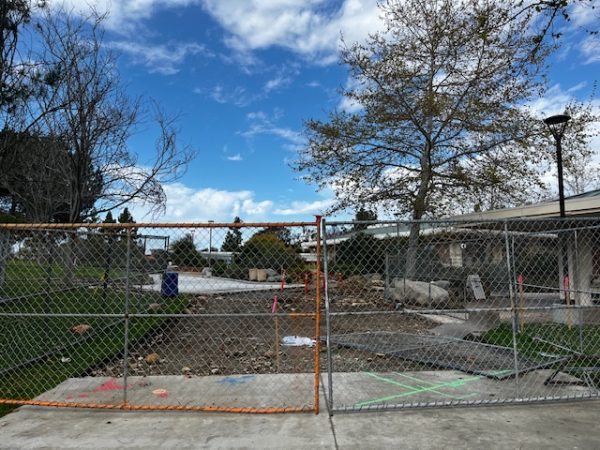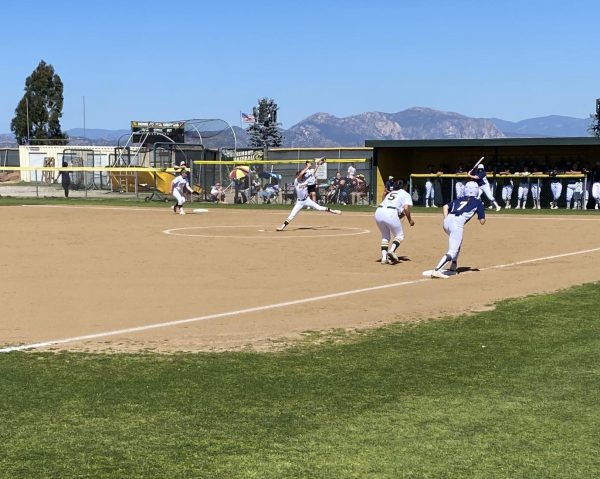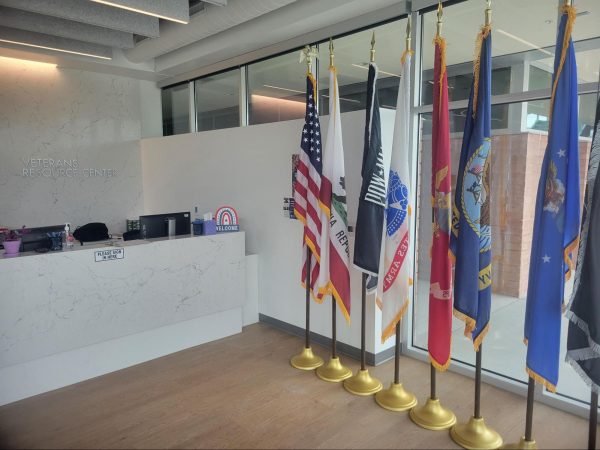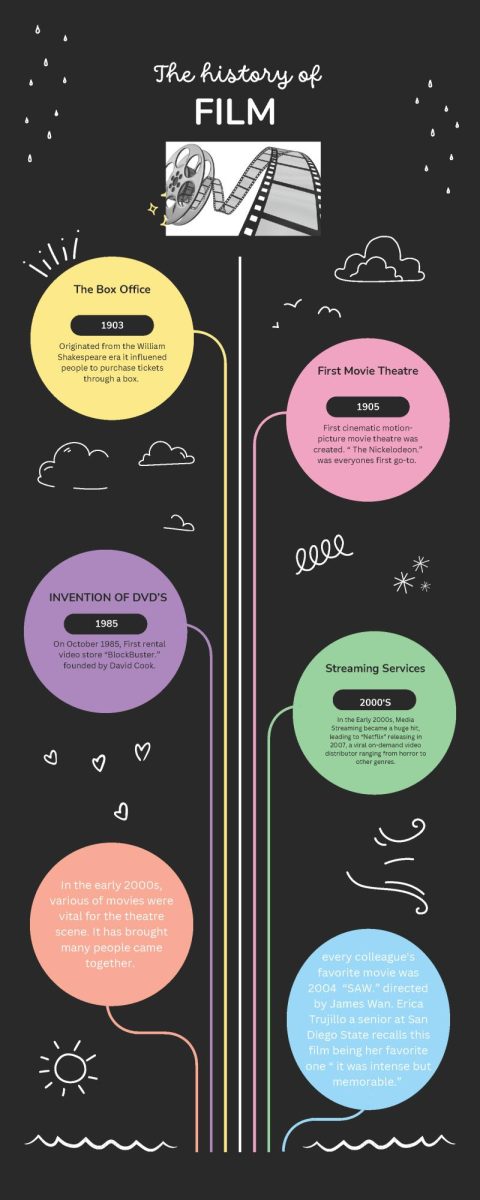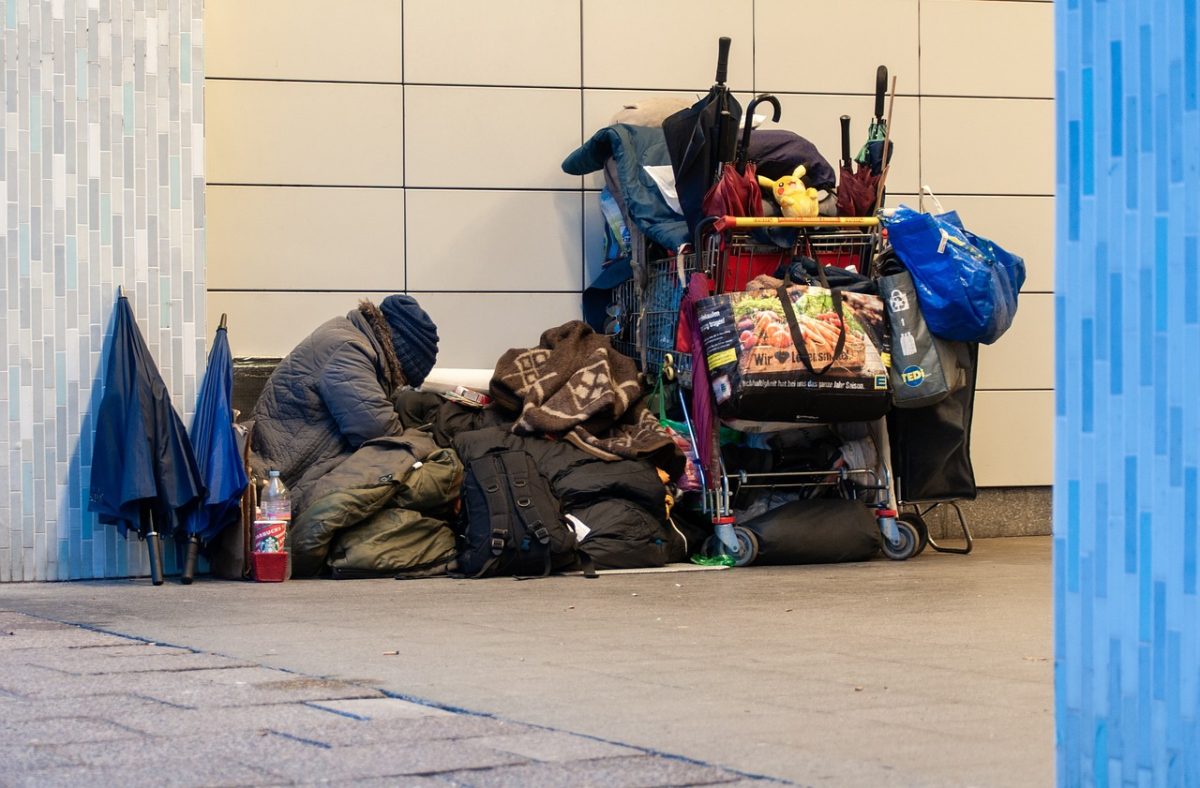WASHINGTON, D.C. (Press Release)– Just as the nation’s economy is demanding that more workers have some postsecondary education or training, the traditional source of such workers – high school graduates – is leveling off and even declining in some states. A new paper released Wednesday by CLASP, the Center for Law and Social Policy, and the National Center for Higher Education Management Systems (NCHEMS) demonstrates why ensuring more adults have access to and complete college is critical for the nation’s continuing economic competitiveness.
The paper, “Not Just Kid Stuff Anymore: The Economic Imperative for More Adults to Complete College,” finds that over the next decade, there will be no national growth in the number of high school graduates, and some states will see the number of high school graduates decline by as much as 18 to 20 percent. The report includes state-by-state projections of the number of high school graduates through 2020. It finds that the flow of young workers into the workforce is drying up, especially in states in the Midwest and New England such as Ohio, Michigan, North Dakota, Massachusetts, Connecticut, and New York.
2018 the demand for college-educated workers will rise 16 percent, while demand for other workers will stay flat. At the same time, nearly two-thirds of jobs in 2018 will require some postsecondary education or training. Leading the nation in job openings requiring postsecondary education are Massachusetts, Colorado, Minnesota, Washington state, and the District of Columbia.
“The country’s economic competitiveness rests on more people accessing postsecondary education and credentials,” said Patrick Kelly, a senior associate at NCHEMS and coauthor of the report. “And with the aging of our population and decline in number of recent high school graduates entering college and the workforce, we need to make sure even more adults and nontraditional students have the skills they need to fill tomorrow’s jobs.”
“Our public policies have an important role to play by making postsecondary education more accessible for adult and nontraditional students, including by protecting funding for federal aid, especially Pell Grants, and improving policies to expand access and completion for an undergraduate population that looks much different today than 20 years ago,” said Vickie Choitz, a senior policy analyst at CLASP.
While research projects adult enrollment in college will grow twice as fast as enrollments by traditional age students, it’s important to note nontraditional students already are a significant percent of the college population: 36 percent of undergraduates are age 25 or older, 47 percent are considered “independent” from their parents , 23 percent of undergraduates are parents, and 40 percent are low-income. The changing student population has different needs from traditional students.
“It is critical that federal student aid be responsive to the needs of adults who often must juggle work, family and school responsibilities and who are on their own financially,” the report states.
In Congress and among organizations in Washington, D.C., there are a variety of proposals to slash the Pell grant program. These cuts will disproportionately harm nontraditional students. Cutting student aid and limiting nontraditional students’ ability to access education and skills will significantly undermine the nation’s ability to meet the demands for increasing skills and credentials into the next decade. At a time when economists project unemployment rates will remain high for the foreseeable future and with more workers struggling to get the skills they need to access jobs, this is the wrong direction.
“Just like our state governments and colleges must recognize that adult and nontraditional students are a substantial and growing share of the undergraduate student population, so too must Congress,” Choitz said. “All levels of government should revisit their higher education policies to make sure the nation has a skilled workforce and can remain economically competitive.”
*
Preceding provided by the Center for Law and Social Policy








